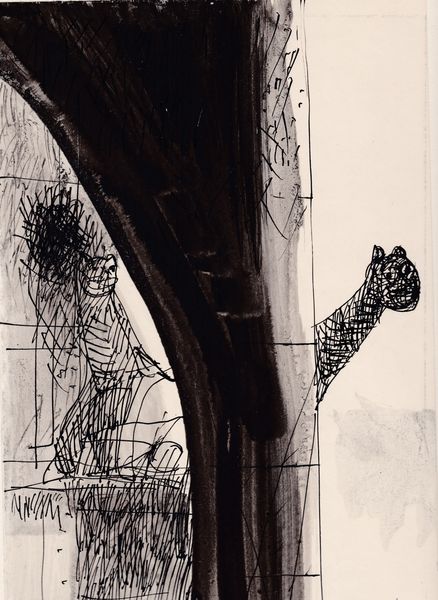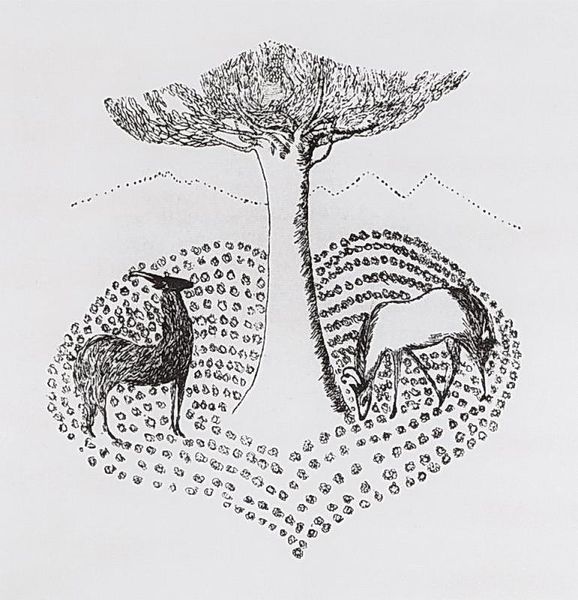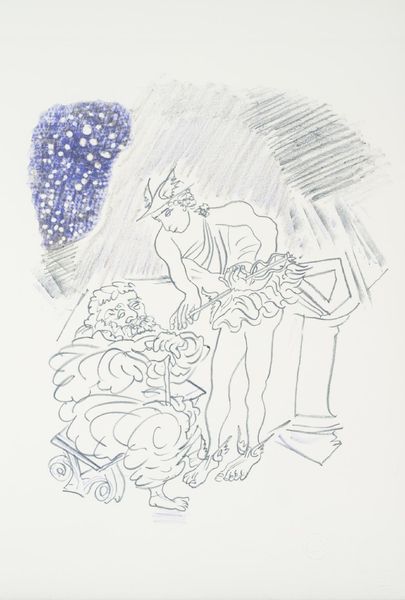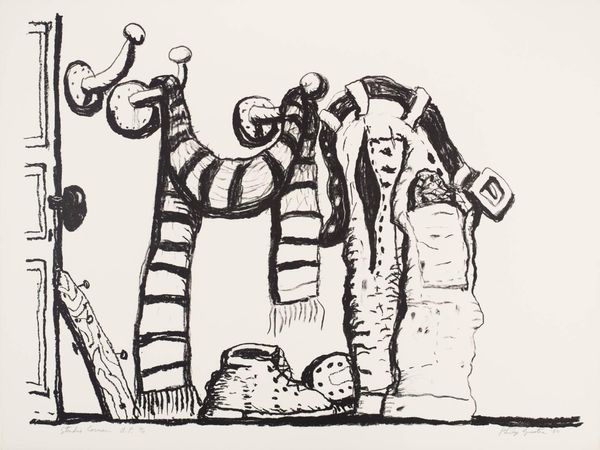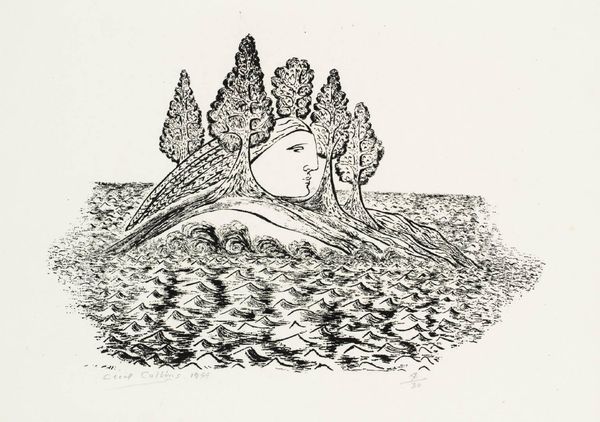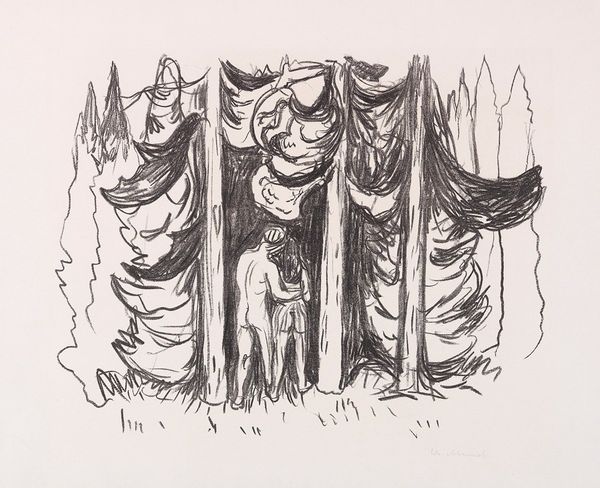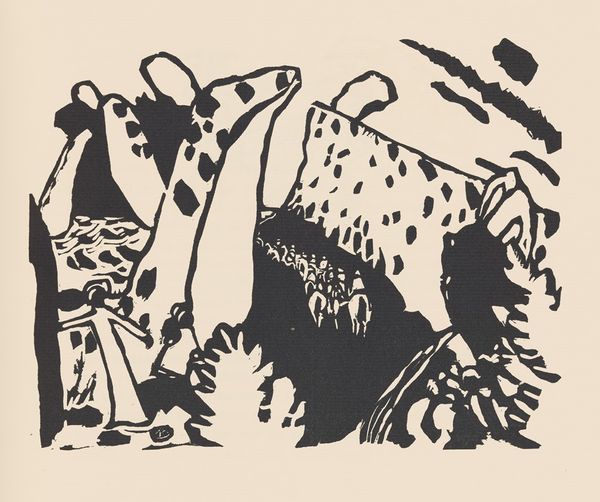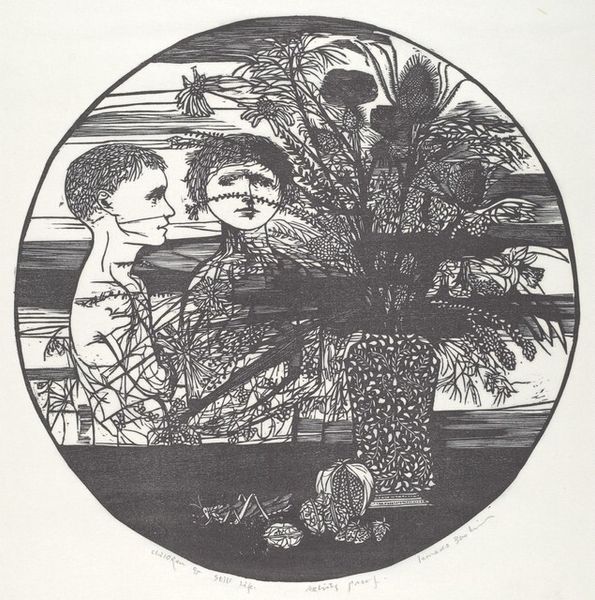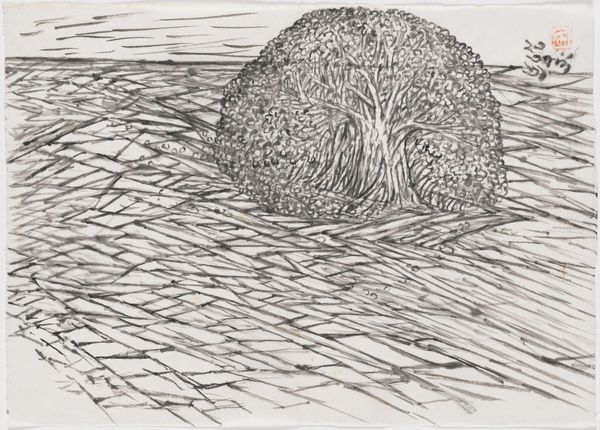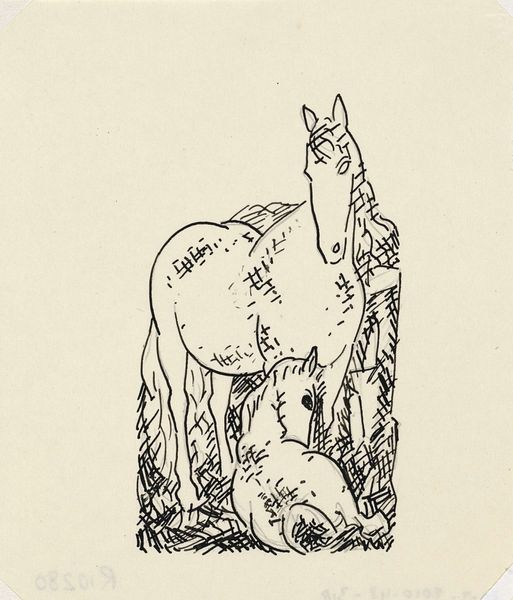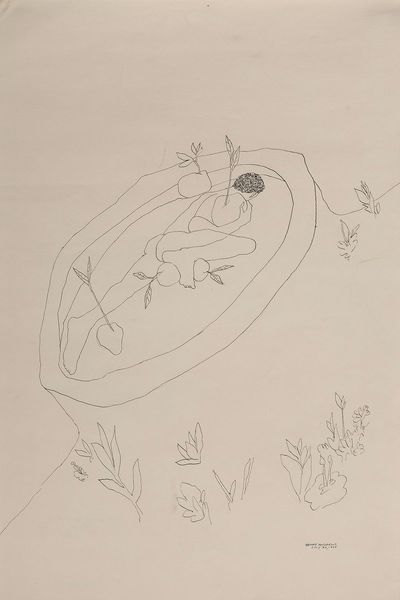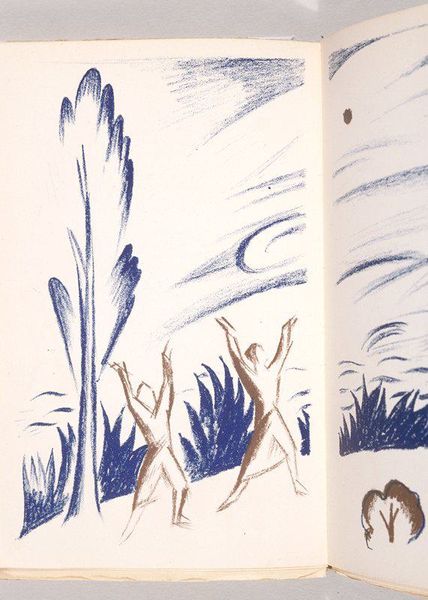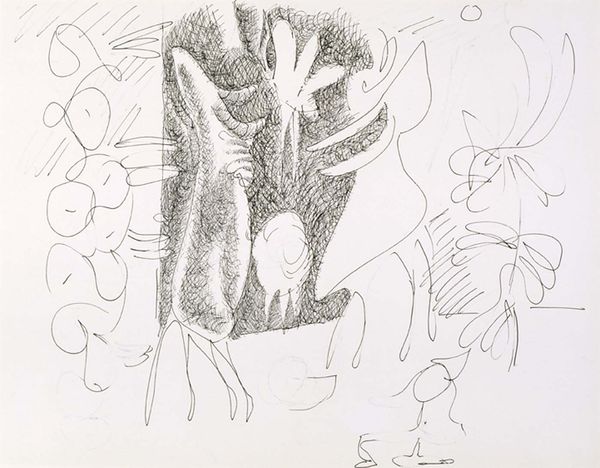
drawing, ink
#
drawing
#
landscape
#
figuration
#
ink
#
orientalism
Copyright: Public domain US
Curator: My first impression is of stillness, a hushed expectancy. The stark contrast of the ink drawing gives it an almost dreamlike quality. Editor: That’s interesting. To me, the stillness feels different, almost unsettling, not quite right. The minimalist lines create a tension rather than serenity, perhaps? Curator: Perhaps! Let’s orient our listeners. This ink drawing is called "The Girl, Leopard, and Trees", completed in 1907 by Martiros Sarian, an Armenian artist whose landscapes often lean towards figuration and elements of orientalism. It’s simple, almost childlike in its execution. Editor: "Childlike" perhaps, but let's not underestimate the depth of feeling beneath this simplified style. I'm curious about how you read its orientalist qualities; is it simply about location or something more? Curator: Definitely not simply about location. The girl, with her almost veiled appearance, certainly evokes a sense of mystery and perhaps the exotic Other, a romantic vision of the East which was popular during the early 20th century. Though maybe “romantic vision” is a bit generous? Editor: Generous indeed. Sarian likely grapples with Orientalism in his art, mirroring that historical era of power dynamics, the fascination but also, let's say, "interpretations" of other cultures. It’s a tricky dance, the representation of the Other. The "leopard," a tamed predator, feels allegorical to that power dynamic, wouldn’t you say? Curator: Yes, the leopard feels less like a creature of the wild and more of an exotic pet, reinforcing those themes of possession and control you’re bringing up. It’s quite striking how this small ink drawing opens up all these much larger ideas! But let’s consider this also from the viewpoint of Sarian's unique imagination. Editor: That imagination is working overtime, and I find myself wanting to decode everything— the architectural elements almost as part of nature, the faceless woman. Everything whispers "meaning", if one might try and decolonize their perspective a bit. Curator: Decolonization feels essential here. It reminds me that a simple image can hold so many layers, so many conversations between intention, reception, and historical forces. Editor: Precisely, and I leave seeing it with both fresh curiosity and critical insight. Perhaps the tension of simplicity makes for rich introspection.
Comments
No comments
Be the first to comment and join the conversation on the ultimate creative platform.
